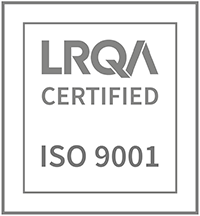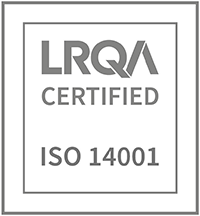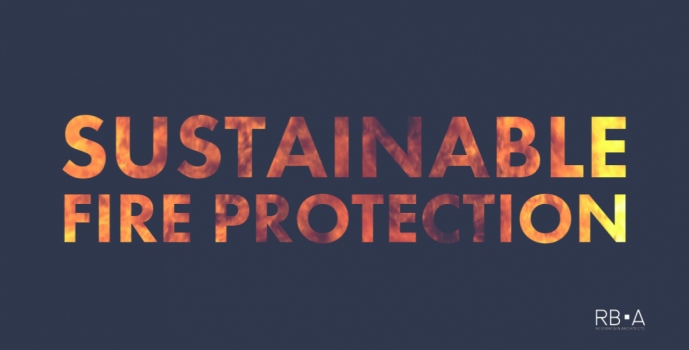Introduction
Fire protection is a crucial aspect of building design and maintenance. In the UK, this involves taking measures to prevent fires from occurring or spreading, including building regulations, equipment maintenance, and education about fire safety. Following our CPD learning on Sustainable Fire Protection from Sherwin Williams, we wanted to share more on the considerations and added value of choosing a VOC for a building project This article will explore the benefits of using solvent-free coatings for fire protection, including their environmental impact, durability, and cost savings.
Benefits of Solvent-free Coatings
Using solvent-free coatings for fire protection offers numerous benefits, including improved safety, superior performance, and longer service life. These coatings contain no volatile organic compounds (VOCs), which can pollute the environment and pose health risks to humans. They are also more durable and weather-resistant than traditional paint products, making them ideal for protecting buildings from fires. In addition, they provide superior adhesion properties, making surfaces easier to keep clean and free of fire hazards.
Development of Solvent-free Coatings
Solvent-free coating technology originated in the late 1970s as an alternative to traditional solvent-based paints. Its development was driven by increasing health concerns about VOCs emitted from conventional paint products. Initially used for industrial and commercial applications, its range of uses has steadily grown. It is now widely available in various formats, including latex and acrylic formulations, making it suitable for interior and exterior applications. Solvent-free coatings are now considered the industry standard in fire protection due to their superior performance and non-toxic properties.
Environmental Impact
Solvent-free coatings have a positive environmental impact, as they do not pollute the air or cause health risks for individuals exposed to them. Additionally, these coatings are usually more durable than traditional paint products, which reduces the need for frequent maintenance and repainting, resulting in lower waste production. Many solvent-free coatings also utilise natural materials such as plant oils and waxes, making them much more sustainable than conventional products.
Cost Savings
Using solvent-free coatings for fire protection can lead to significant cost savings compared to traditional methods. Standard fire protection requires frequent maintenance, involves hazardous materials, and can be expensive. In contrast, solvent-free coatings are more durable and often require less maintenance over time, resulting in lower costs for those using them. Furthermore, since these products do not contain VOCs, they may qualify for tax breaks or other incentives from local governments, further reducing the overall fire protection cost.
Selecting the Right Coating
Several factors must be considered when selecting a solvent-free coating for fire protection. These include compliance with building standards and regulations, suitability for the specific material being coated, temperature range, compatibility with other materials, and the coating’s robustness. It is crucial to choose a product that meets all applicable performance standards set out by organisations such as BSI and LPCB to ensure maximum safety against fire hazards.
Working with Reid Brewin Architects
At Reid Brewin Architects, we can assist customers in selecting the most suitable solvent-free coating for fire protection for their projects. We aim for high safety and sustainability standards on all our projects, providing products and guidance on selecting suitable coating and technical advice on installation processes to ensure maximum effectiveness against potential fires. We are also knowledgeable about BREEAM and LEED regulations and standards so that clients can be assured of compliance and eligibility for certification.
In conclusion, using solvent-free coatings for fire protection in the UK has many benefits, including improved safety, superior performance, longer service life, positive environmental impact, and cost savings. When selecting a coating, it is crucial to consider all relevant factors, including compliance with building standards and regulations, suitability for the coated material, temperature range, compatibility with other materials, and the coating’s robustness. With the assistance of Reid Brewin Architects, clients can ensure the best possible protection against potential fires while maintaining high safety and sustainability standards.








